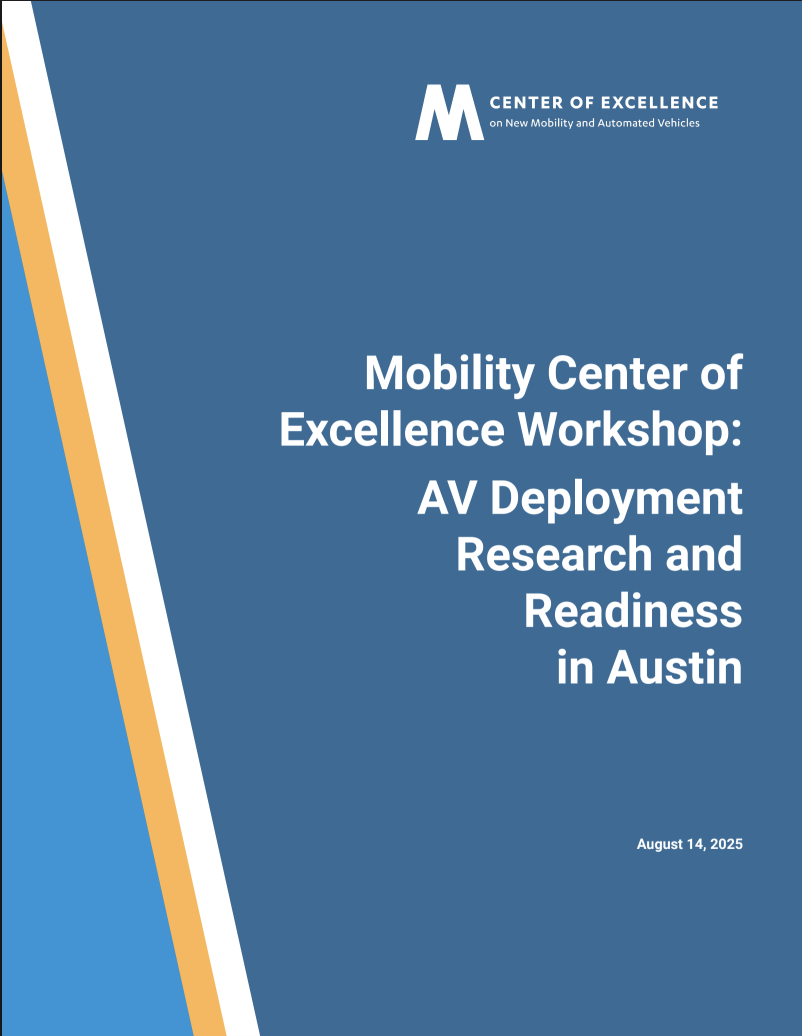Scalable V2X Options into the Future: A Los Angeles Case Study
superadmin2025-08-14T17:23:50-07:00Scalable Vehicle-to-Everything (V2X) solutions are essential for enhancing road safety and traffic efficiency in our communities. This project investigates scalable V2X options by considering global advancements and varied technological ecosystems, utilizing all forms of V2X connectivity—including Cellular V2X (C-V2X), Mobile Edge Computing (MEC), and cellular networks—with Los Angeles serving as a case study. Currently, there's no comprehensive plan to implement these advanced vehicle communication technologies. Our aim is to develop a strategic plan to deploy V2X technology in Los Angeles and Ventura Counties, improving safety, reducing traffic congestion, and preparing for major events like the 2028 Olympic Games. By engaging with various stakeholders and building a practical plan, we hope to create a reference that can inform future deployments by Caltrans or other cities across the U.S.

